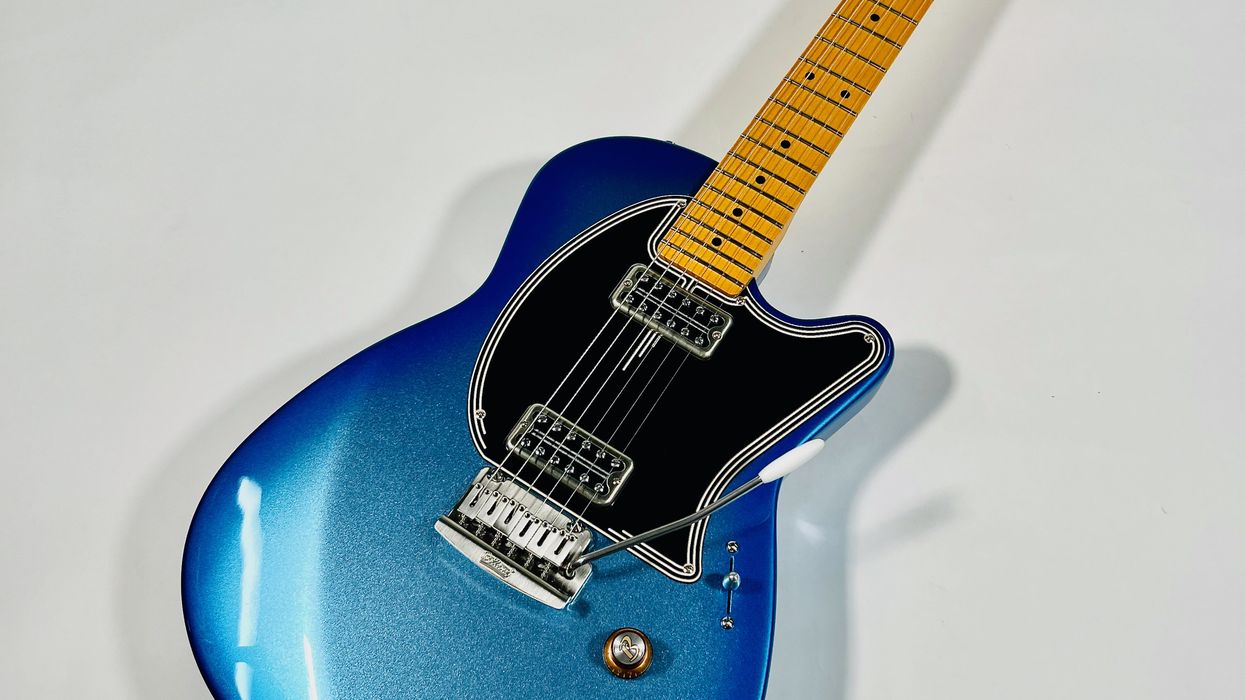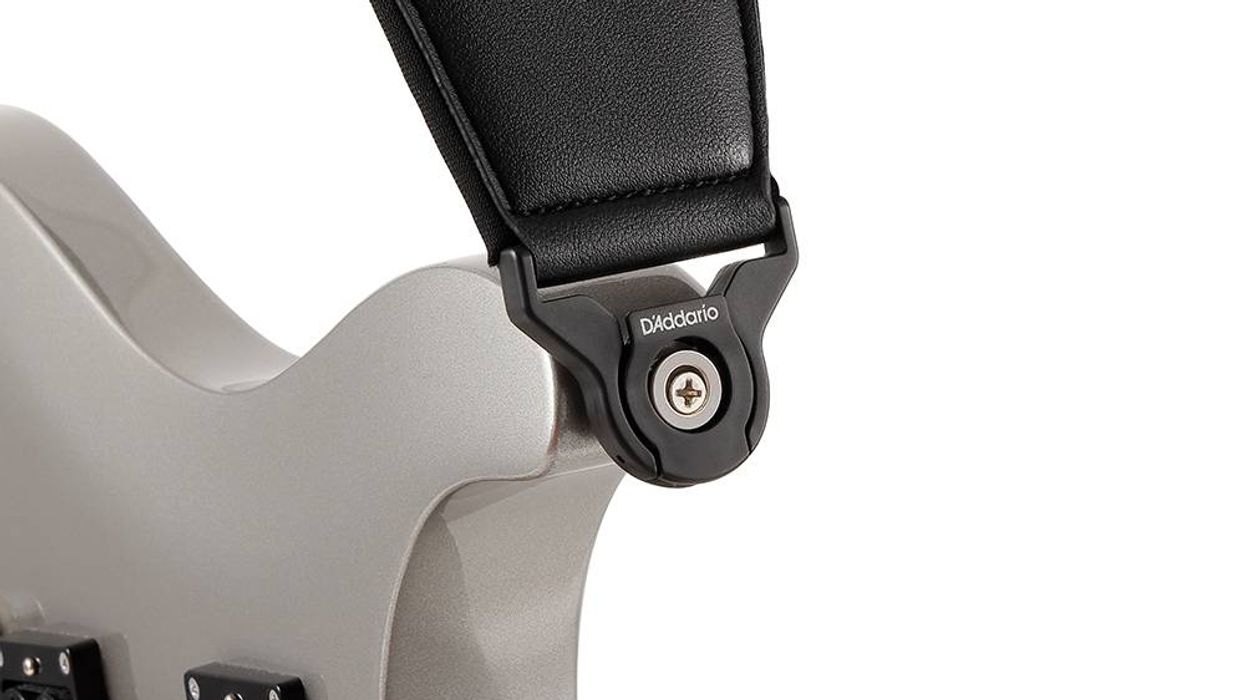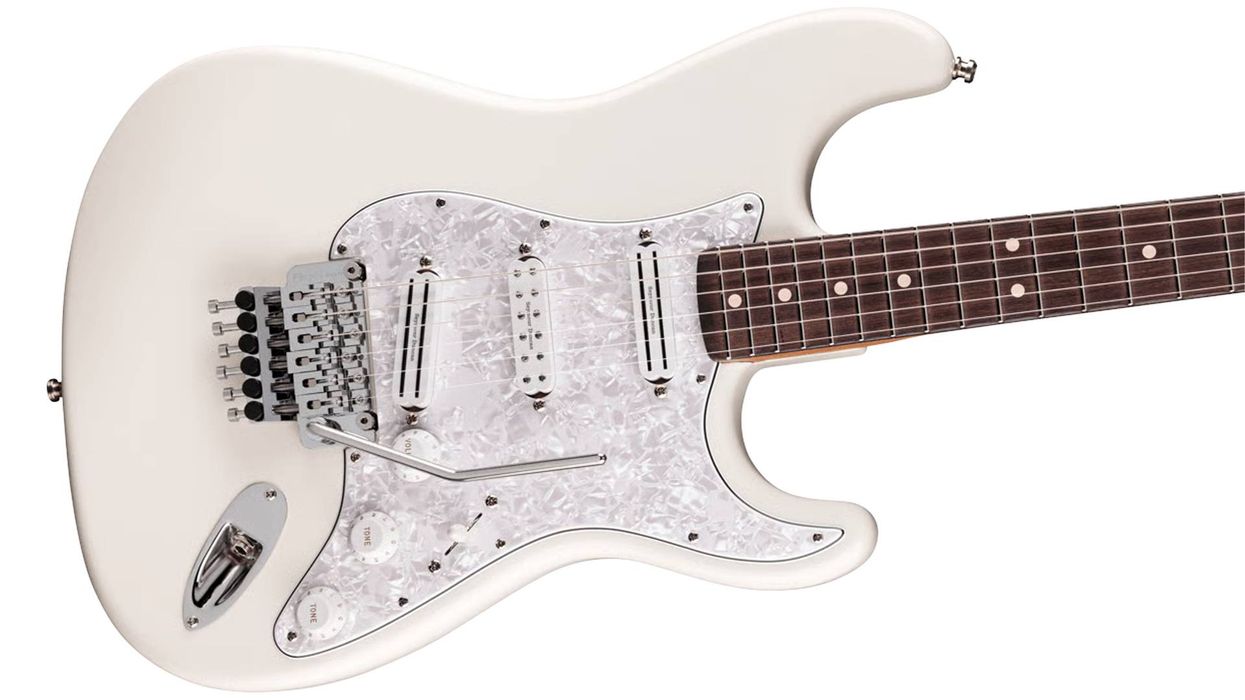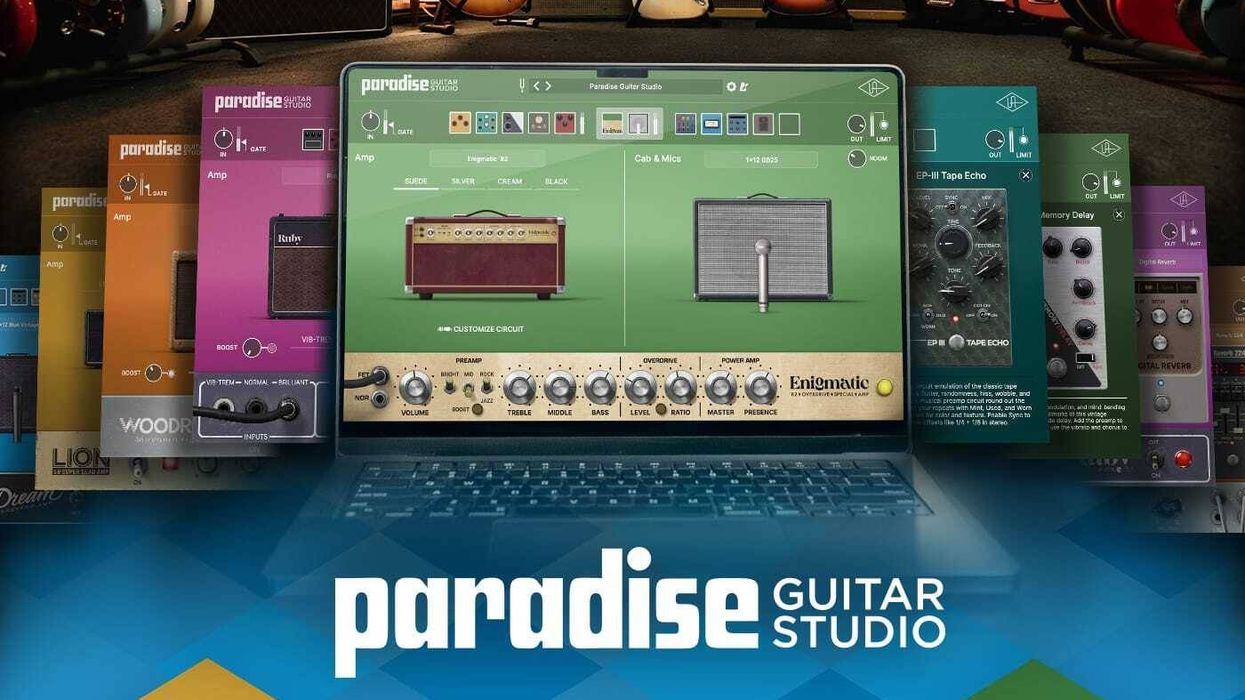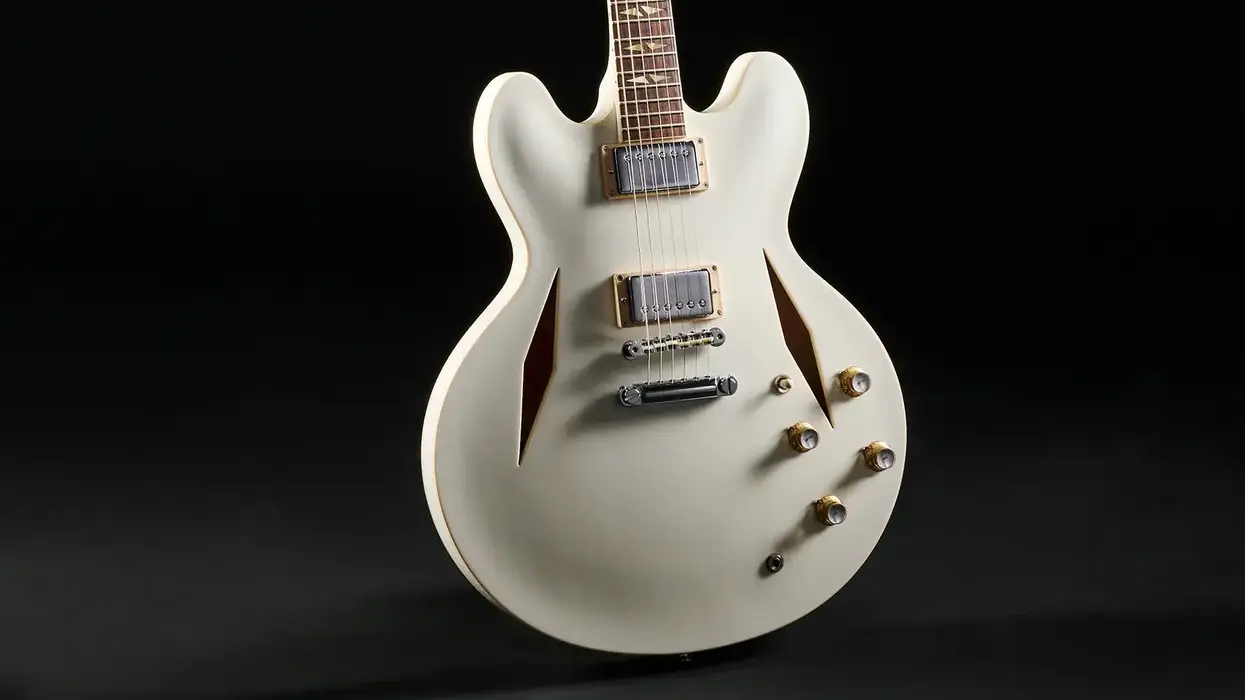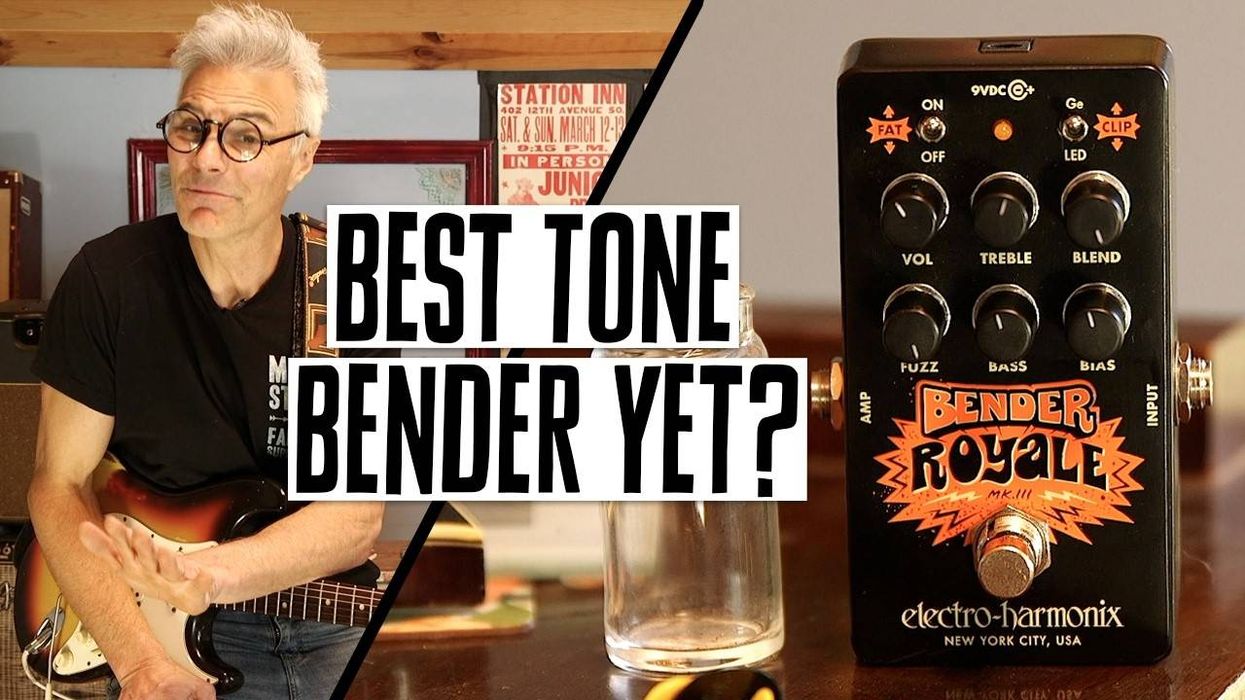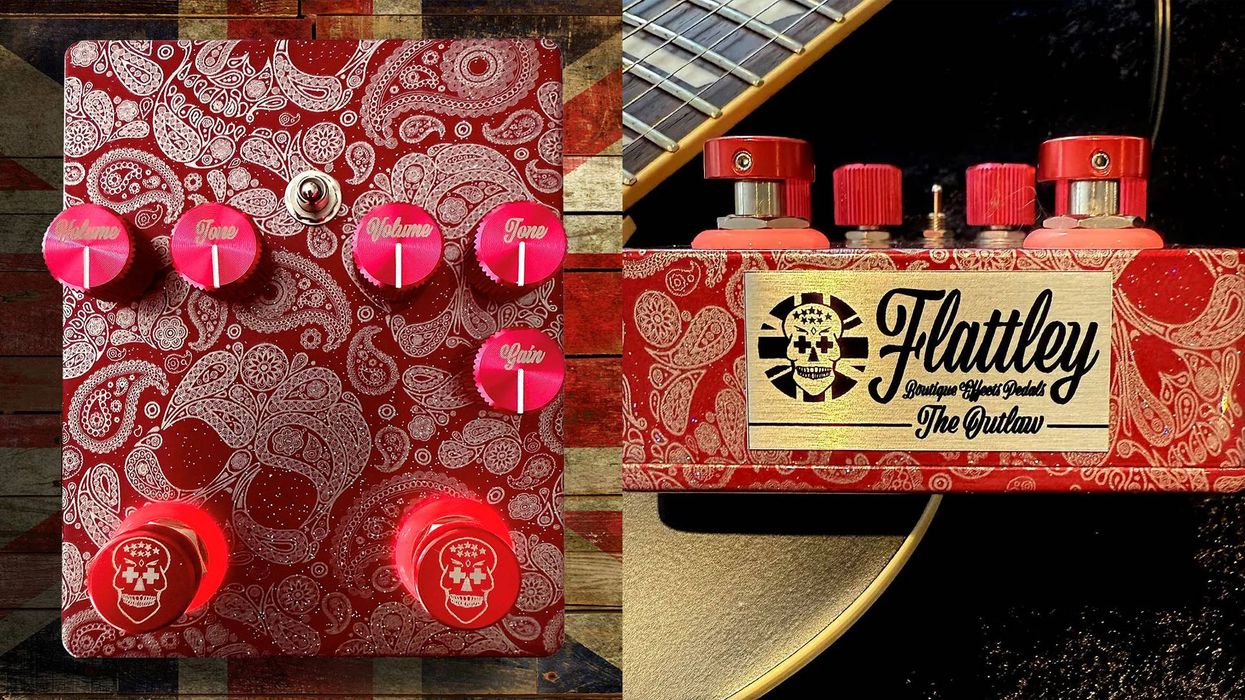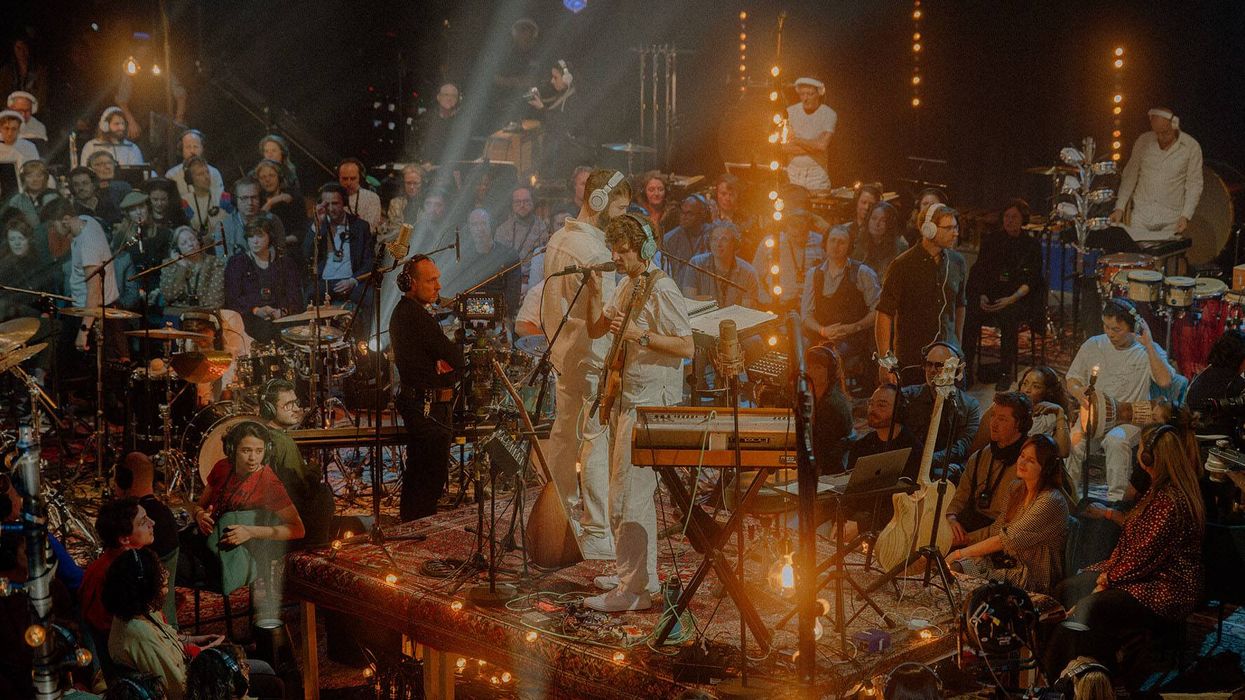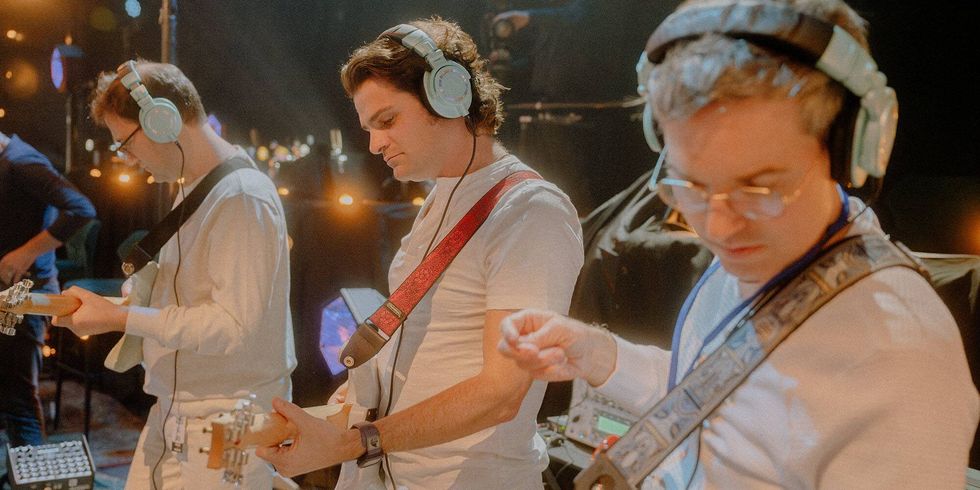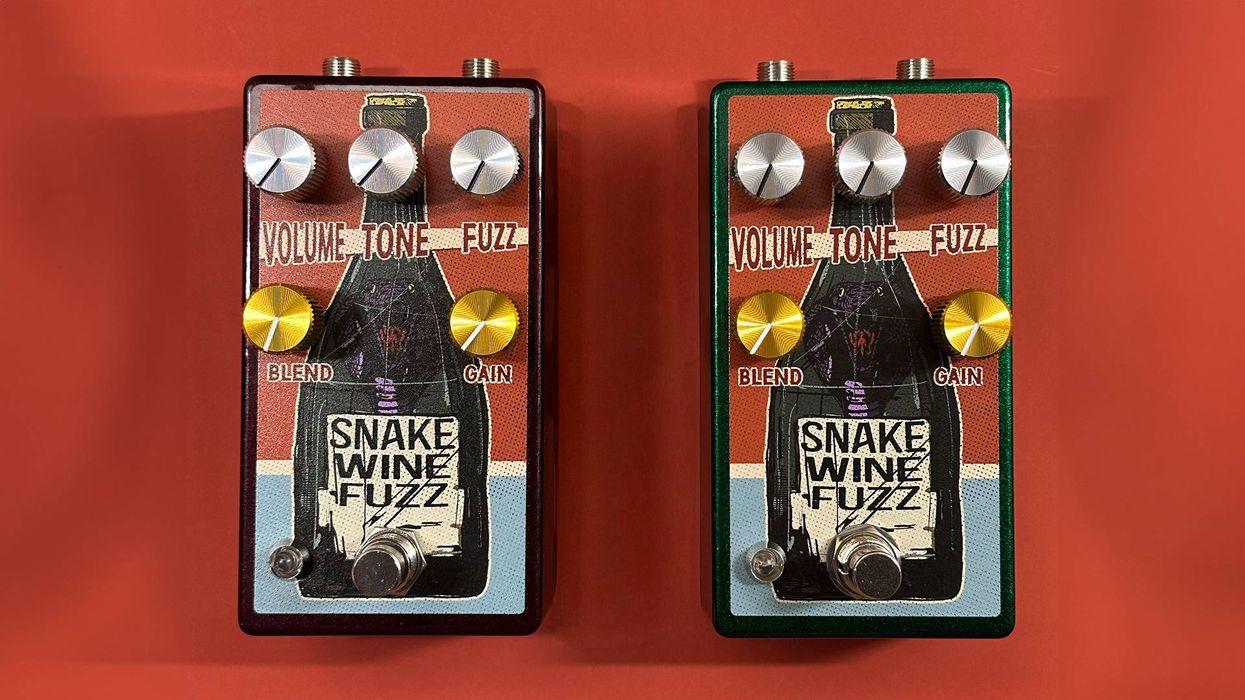Belltone Guitars offers the B-Classic 3, featuring a custom two-post S-Style ‘tremolo’ bridge and a wide selection of pickup options.
The B-Classic 3 is the newest guitar from Belltone Guitars. The BC3 model retains the core single-cutaway profile as found with Belltone’s B-Classic 1 and B-Classic 2 models. The B-Classic 3 body is made of alder wood and has body and armcontours and an ‘easy-access’ tapered neck pocket. The BC3 features the introduction of a custom-made, two-post S-Style ‘tremolo’ bridge with brass.
All Belltone® guitars feature a wide selection of pickup options that deliver diverse sonic character and tonality.
Along with the body shape, the available neck profiles, headstock, and hardware, all reflect the Belltone design perspective and aesthetic. The company’s Custom-Select System affords the guitarist the opportunity to choose from a carefully curated collection of components and design elements such as body color, pickguard color, pickups, neck profile and fingerboard, tuners, etc. to put their own "signature" on the look and sound of the guitar.
Belltone Signature Components
- Custom two post ‘tremolo’ bridge with MannMade USA brass saddles and solid brass block ‘push-set’ arm
- Top Hat ‘B’ logo control knobs
- 12-inch radius neck
- Bell-Tron, Bell-90, Bell-Foil, and Single Bell pickups
- Belltone Lockers 1:18 ratio locking tuners
- Custom Belltone ‘Blue Gator’ Hardshell Case
Custom-Select System™ Options:
- Over 30 body colors to select from
- Over 25 different pickguard
- Modern ‘C’ or ’59 Round Back neck profiles
- Maple or rosewood fingerboard
- Sperzel USA, Ratio, and Kluson locking tuners
- Pickups from TV Jones, Rio Grande, Lindy Fralin, Righteous Sound, Benson Custom, Mojo/UK, and more …
Belltone Guitars are made to order and handcrafted in the USA. Prices range from $2,825 to $3,200 depending on the custom components and features selected. Custom case and free continental USA shipping included.
For more information, please visit belltoneguitars.com.
